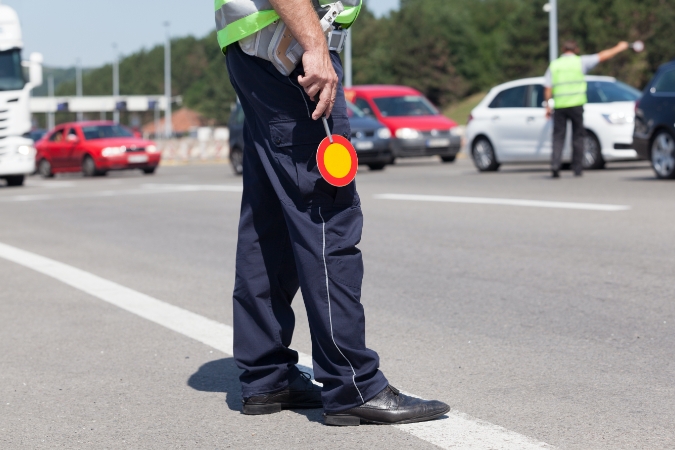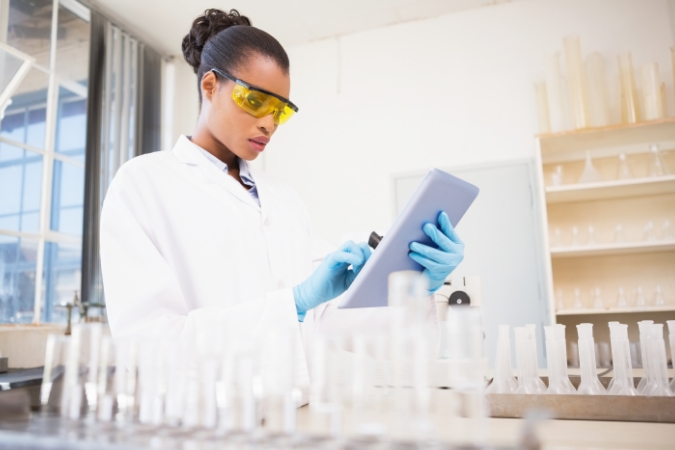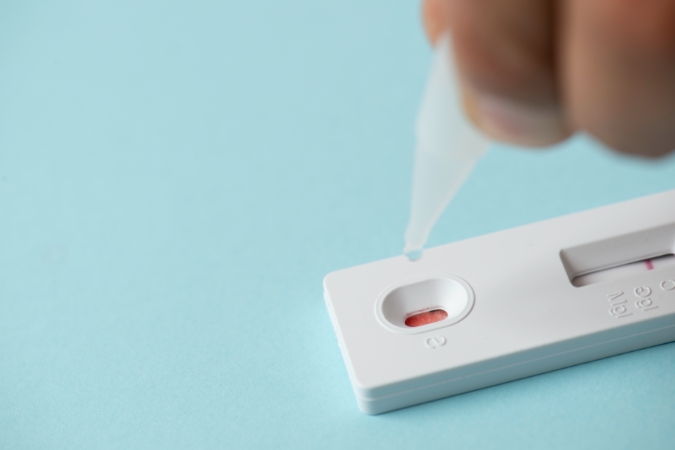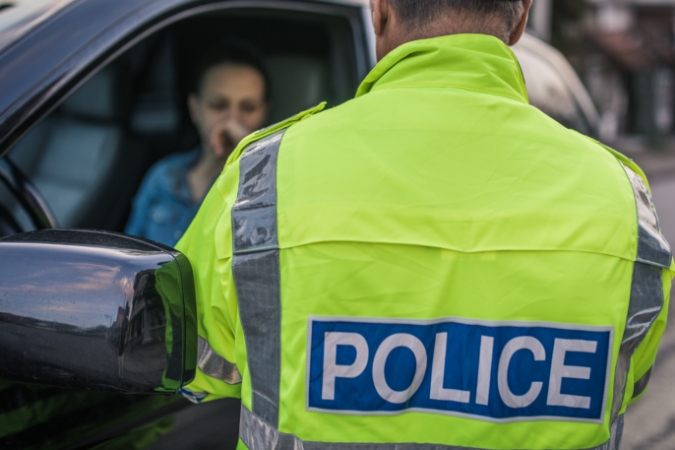Roadside Drug Testing
Identifying drivers under the influence of drugs
As part of a pilot scheme, Avi road-tested an innovative new technology that would test help prevent driving while intoxicated

Testing for drug use
Roadside testing for alcohol is common, however testing for drugs such as amphetamine, methamphetamine and cocaine is rare. In 2013, Avi helped pioneer a new technology to help catch drivers under the influence of these drugs.
Study details
The study was conducted in 2013 in the Gauteng and Western Cape provinces of South Africa. As well as screening drivers for alcohol as part of a standard roadside operation, local law enforcement were simultaneously equipped to test for drugs.



Simple delivery mechanism
Lateral flow devices (similar to today’s COVID tests) were explored to test whether drivers were currently under the influence of drugs. The tests were administered using the same roadblock system that was used for drunk driving. In more than 70% of cases the tests were administered within 5 minutes for a rapid turnaround.


Study results
There were 14 cases where under-influence drivers tested positive for alcohol and drugs simultaneously. However, 14% of the 269 drivers drug-screened tested positive for drugs only. After alcohol, amphetamine, methamphetamine and cocaine were the most common drugs detected. The study found that under normal enforcement procedures only 76% of drivers impaired by alcohol and other drugs would have been detected.


Reducing the workload
In much the same way a PCR test is used to double check a COVID lateral flow result, drivers testing positive for drug use would need a confirmatory lab test to confirm the presence of illegal drugs. The study really helped by directing the lab on which test to run, improving efficiency and lowering costs at the law enforcement laboratories.


